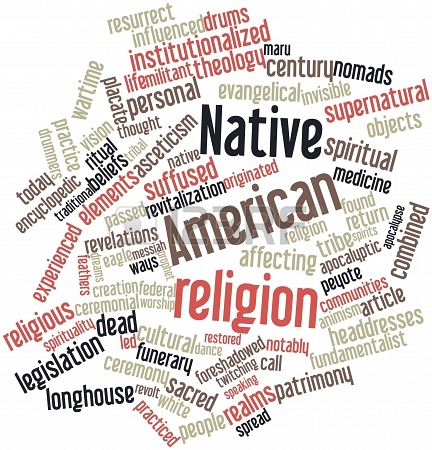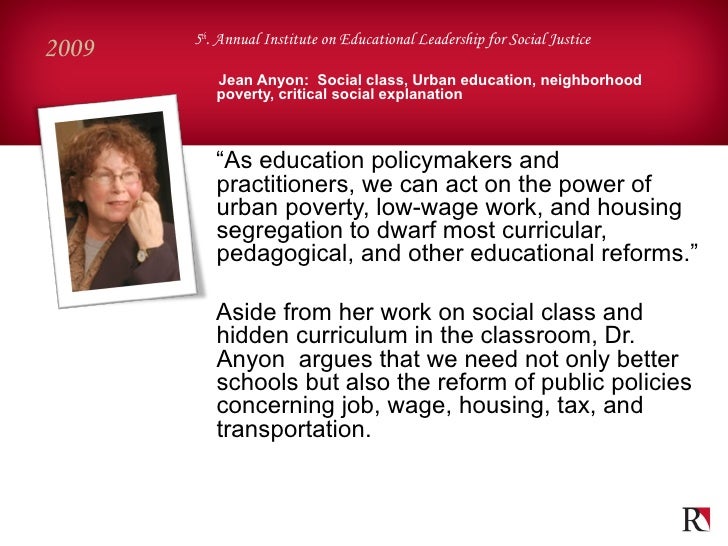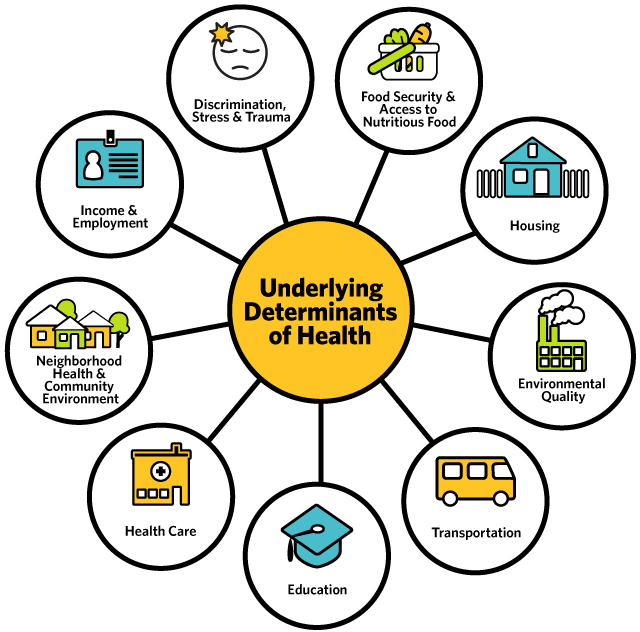The Indian Boarding Schools
By Michelle Bollinger
“At the heart of these schools was a barbaric form of racism-one that aimed to strip American Indians of any resemblance of cultural identity, tradition, and spirituality.”
In Focus on the Indian Boarding Schools, Michelle Bollinger shows us how in the late 1800s, the United States supported an educational experiment that the government hoped would change the traditions and customs of American Indians. Special boarding schools were created in locations all over the United States with the purpose of "civilizing" American Indian youth. Thousands of Native American children were sent far from their homes to live in these schools and learn the ways of white culture. These were schools where children of Native American parents were taken from their families and put into institutionalized prison-like settings and taught the "superior" ways of white American culture and Christianity. The goal of these reformers was to use education as a tool to “assimilate” Indian tribes into the mainstream of the “American way of life,” a Protestant ideology of the mid-19th century. Indian people would be taught the importance of private property, material wealth and Christian values. The reformers assumed that it was necessary to “civilize” Indian people, make them accept white men’s beliefs and value systems.
The boarding schools hoped to produce students that were economically self-sufficient by teaching work skills and instilling values and beliefs of possessive individualism, meaning you care about yourself and what you as a person own. This opposed the basic Indian belief of communal ownership, which held that the land was for all people. The Indian children were forced to cut their hair, wear military-style uniforms and get rid of their customs and language in order to Anglicize themselves.
With the founding of the Carlisle Indian Industrial School in 1879, the U.S. Government launched an effort at what is now called cultural genocide where Indian children were taken away from their families and put into boarding schools. For Col. Richard Henry Pratt, the goal was complete assimilation. As Headmaster of the school for 25 years, he was the single most impacting figure in Indian education during his time. Pratt’s motto was, “Kill the Indian, save the man.” Pratt believed that off-reservation schools established in white communities could accomplish this task. By immersing Indians into the mainstream of American life, the “outing” system created by Pratt had students living among white families during the summer. He hoped Indian youths would not return to the reservations but rather become part of the white community. Carlisle was the only off-reservation boarding school built in the East; all others were built in the West.
Many struggled with loneliness and fear away from their tribal homes and familiar customs. Some lost their lives to influenza, tuberculosis, and measles outbreaks that spread quickly through the schools. Others thrived despite the hardships, formed lifelong friendships, and preserved their Indian identities. These schools, guided by an essentially racist ideology, had a devastating psychological, social, and cultural impact on many native communities that can still be felt today. There are so many videos by Native Americans describing the accounts of what these boarding schools were like. This Youtube video Interview with Andrew Windy Boy was one that really struck me. It gave a heart-wrenching account of what Native American children endured while they were at the boarding schools.
Today, we see the policies of the past with a different perspective. I wonder how the nation's indigenous population became "inferior" cultures in their own land, or how a nation could have committed such cruelty in the name of "progress". Although the severity of the treatment of Native Americans and the “educational policy” deemed acceptable for them does not compare to today’s issues in education, I couldn’t help but see some similarities. The inequity in educational resources and opportunities among social classes and ethnic groups continue to be prevalent. Decisions regarding educational policy are often made by stakeholders that often do not include the sound input of educators who are working with students and their families day and night. In our last reading by Jean Anyon, Anyon argues that government and educational policies do not do enough for people in poorer communities. Throughout history, there has been an overabundance of policy reforms of both federal and state levels regarding education, yet Anyon argues that none of the policies had a focus on the poverty of families or the communities they reside in. Education policy has not addressed the unemployment and joblessness of families who will have few if any resources for the further education of their children, even if they excel in K–12 classes. I really question how it is acceptable to make rational decisions without involving the individuals who are most involved (teachers) and those who will be most drastically affected (students and families) by the decision making process.


Deculturalization and the Struggle for Equality
by Joel Spring
by Joel Spring
In his article, Spring argues that the school policies imposed on dominated groups in the United States were ways to deculturalize them. The schools would strip away family languages and cultures and replace them with those of the dominant group. Spring focuses on the deculturalization of the Native Americans when the Europeans came to America. The Europeans believed they were culturally and racially superior to the Native Americans. They believed that the Native Americans were inhumane and needed to be civilized. They performed cultural genocide-they destroyed the culture of the Native Americans and they began to try and assimilate them into the European Culture. They began schooling them and forcing them to learn English. Teaching only English in the schools destroyed the customs and habits of the Native Americans. He argued that the ways in which the Native Americans were portrayed as primitive and savage by many American textbooks was not only unjust and misleading but had a real, material impact upon the ways in which the community was treated in the U.S.
The struggle for equity continues to be a challenge for minorities even in today's world. We've made strides in race relations and improvement of equality but the fear and the constant move to take away people's culture continues and leaves minorities asking if true equity is even possible.


